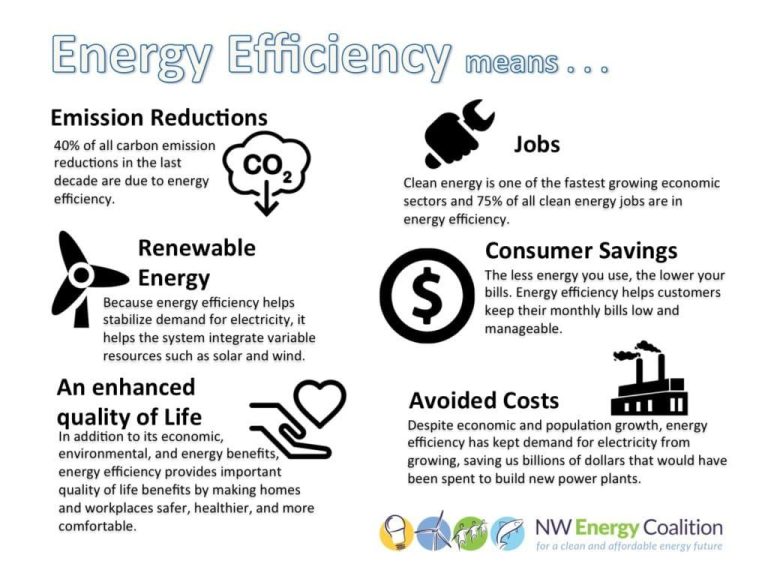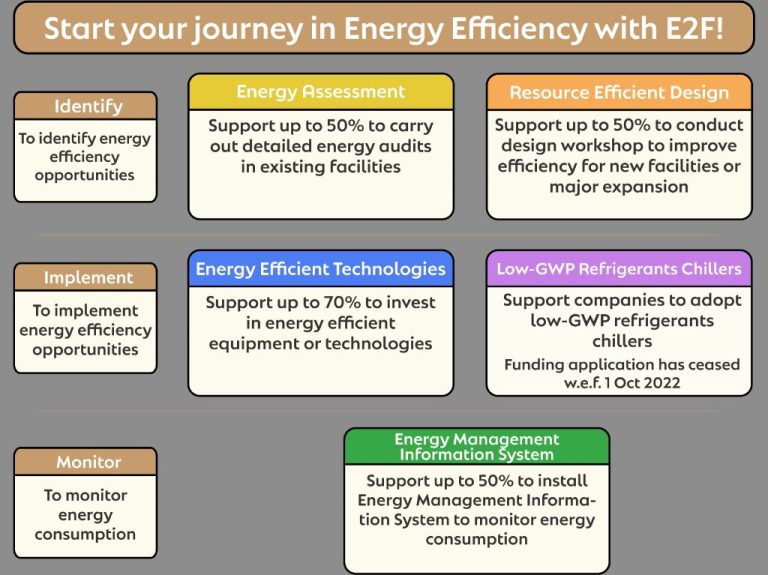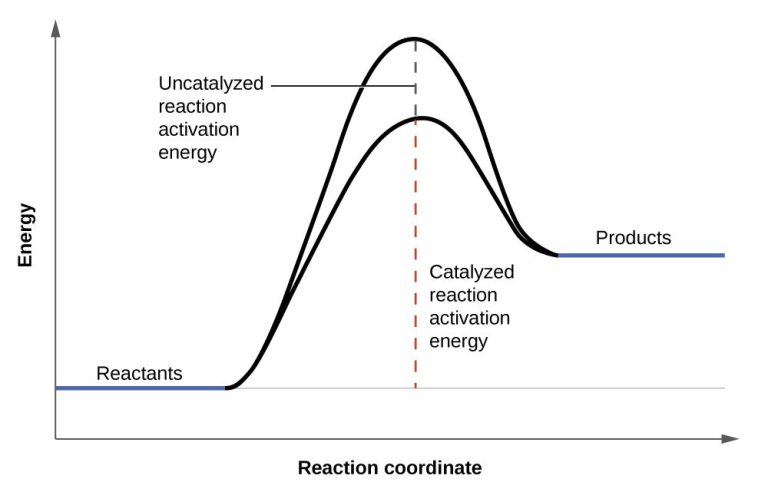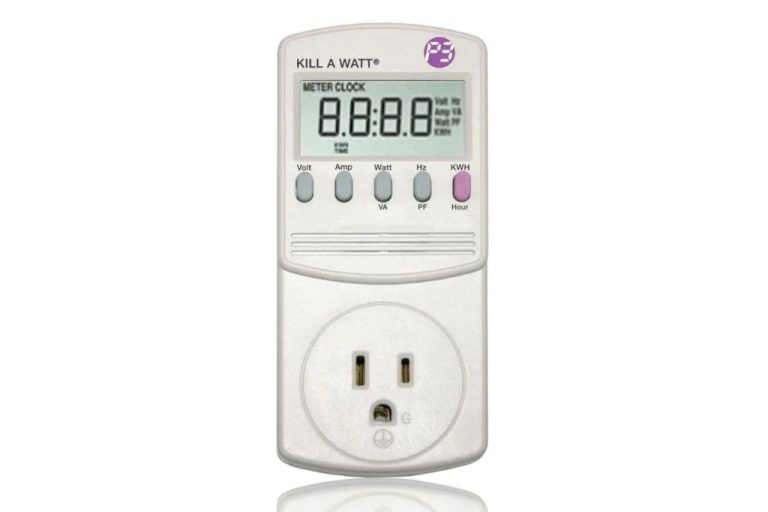How Many Watts Is 1 Million Watts?
A watt is a unit used to measure power, or the rate of energy transfer. Knowing how many watts are in 1 million watts provides useful context for understanding power consumption and generation on a large scale. This knowledge allows us to better comprehend the energy demands of society and visualize how much power is required to operate major infrastructure and facilities.
In this article, we will briefly cover what a watt is, look at some everyday examples of watt usage, explain why power is measured in millions of watts for large-scale applications, and calculate how many watts are in 1 million watts.
What is a Watt?
A watt is a unit of power that measures the rate of energy transfer or consumption. Specifically, a watt is defined as one joule per second, where a joule is a unit of energy (source: https://www.techopedia.com/definition/9999/watt).
In physics, power is the amount of energy consumed or work done per unit of time. Since a watt represents one joule per second, it measures the rate at which electrical energy is being used or generated at a specific moment.
For example, a 60-watt lightbulb uses 60 joules of electrical energy every second when turned on. Watts are commonly used to measure the power draw and consumption of electrical devices and appliances in homes and buildings.
Watts vs Other Power Units
The watt is the standard unit of power used to measure electrical power. However, because the watt is relatively small, larger units like the kilowatt and megawatt are more commonly used to describe power generation and consumption.
A kilowatt (kW) is equal to 1,000 watts. For example, a typical household in the U.S. might consume about 1,000 watts (1 kW) of power at any given time for lighting, appliances, etc [1]. Kilowatts are useful for describing the power consumption or output of homes and small devices.
A megawatt (MW) is equal to 1,000 kilowatts or 1 million watts. This unit is commonly used to describe the capacity and generation of power plants, as well as the consumption of cities and large facilities. For example, a typical coal power plant may have a capacity of 600 MW, providing enough power for over 500,000 homes [2].
So in summary, 1 MW = 1,000 kW = 1,000,000 W. The relationships between these units are very useful to understand when discussing electricity generation and use.
Everyday Examples of Watts
Watts are a measure of power consumption, and we encounter various wattages in our everyday lives. Here are some common examples:
Lightbulbs:
- Incandescent bulb – 60W
- LED bulb – 8-15W
- CFL bulb – 13-18W
Home appliances:
- Microwave oven – 800-1500W
- Electric oven – 2000-5000W
- Clothes dryer – 1800-5000W
- Dishwasher – 1200-2400W
- Refrigerator – 100-300W
Electronics:
- Laptop computer – 20-100W
- Desktop computer with monitor – 150-400W
- TV – 80-400W
- Video game console – 20-200W
As you can see, wattages can vary widely even for the same type of device, depending on factors like size, settings, and efficiency. But knowing typical wattages gives us a useful frame of reference.
Why Measure Watts in Millions?
The reason for measuring power usage in megawatts or millions of watts is because of the massive scale of infrastructure and industrial equipment that requires this amount of energy. A single watt is a very small unit of power. According to ZDNet, the average household lightbulb consumes between 25 to 100 watts (ZDNet, 2022). For larger scale power consumption, it’s more practical to measure usage in megawatts or millions of watts.
For example, major appliances like refrigerators, stoves, and air conditioners require hundreds or thousands of watts to operate. Industrial machinery and equipment often requires tens or hundreds of thousands of watts. Large facilities like factories, refineries, and data centers can consume power on the order of multiple megawatts. Even larger infrastructure like cities consume electricity on the scale of gigawatts or billions of watts (UCSUSA, 2013). Measuring power usage in megawatts or millions of watts allows us to better understand and quantify energy consumption at these massive scales.
Calculating Watts
Watts, amps, and volts are related electrical units. To calculate watts from amps and volts, you use the following formula:
Watts = Amps x Volts
So for example, if you have an appliance that draws 5 amps of current at 120 volts, you can calculate the wattage as:
Watts = Amps x Volts
Watts = 5 x 120
Watts = 600
Therefore, an appliance drawing 5 amps at 120 volts uses 600 watts of power. This simple calculation allows you to determine the wattage of any electrical device if you know the current draw in amps and the voltage it operates on.
How Many Watts in 1 Million Watts
One million watts equals one megawatt. A watt is a unit of power that measures the rate of energy conversion or transfer. A megawatt is equal to 1,000 kilowatts or 1,000,000 watts. This means that 1 megawatt is equal to 1,000,000 watts (1 MW = 1,000,000 W).
To convert between megawatts and watts, we simply move the decimal point 6 places. Moving the decimal point 6 places to the right converts megawatts to watts. Moving it 6 places to the left converts watts to megawatts. This makes the conversion very straightforward.
Some key facts on watts and megawatts:
- 1 MW = 1,000 kW = 1,000,000 W
- 1 W = 0.001 kW = 0.000001 MW
So in summary, 1 million watts is equal to 1 megawatt or 1 MW. Understanding these conversions allows us to easily move between different units of power measurement.
Source: https://unitchefs.com/megawatts/watts/1/
Real World Examples
There are many examples of large machinery, appliances, and electronics that consume over 1 megawatt of power. Some common examples include:
- Large commercial air conditioners – Central AC units for office buildings, hotels, and factories often consume 1-5 MW of power. For example, the Bellagio hotel in Las Vegas has a 30 MW central cooling plant to keep the building comfortable (source).
- Electric arc furnaces – Used to melt and forge steel, electric arc furnaces consume huge amounts of power, from 1-100+ MW depending on their size (source).
- Electric locomotives – Modern electric locomotives can use up to 12 MW of power to haul freight trains efficiently (source).
Understanding how much power is consumed by large machinery and appliances helps illustrate the scale of a megawatt.
Importance of Understanding Megawatts
Megawatts play an important role in powering large-scale infrastructure and industry. Understanding magnitudes in the megawatt range is crucial for electrical utility planning and operations.
For example, according to the Nuclear Regulatory Commission (1), a typical 1,000 megawatt nuclear power plant can provide enough electricity to power about 1 million homes. Power plants on the scale of hundreds or thousands of megawatts generate the sustained power required for major metropolitan areas and industrial operations.
Knowing how to convert megawatts to other units like kilowatts or horsepower allows power engineers to properly size equipment and infrastructure. The ability to grasp power magnitudes in megawatts facilitates communication and standards in the electrical industry.
In summary, the megawatt scale bridges the gap between small-scale residential power usage and massive city-wide power grids. Understanding megawatt capacities provides perspective on electricity usage and generation at an impactful level.
Conclusion
To recap, a watt is a unit for measuring power, defined as 1 joule per second. While watts are commonly used to measure small amounts of power for devices and appliances, when discussing things like power plants and electricity usage for cities and countries, the wattages get into the millions and billions.
That’s why we use larger units like kilowatts and megawatts. A megawatt is equal to 1 million watts. To put it another way: 1 MW = 1,000 kW = 1,000,000 W.
Understanding how to convert between units like watts, kilowatts, and megawatts allows us to better comprehend power usage and generation at large scales. Whether it’s building new renewable energy projects or improving energy efficiency nationwide, having a solid grasp of these fundamental power units is key.







